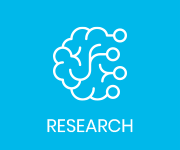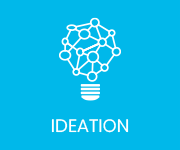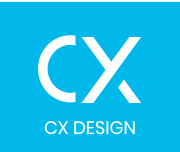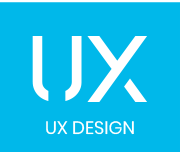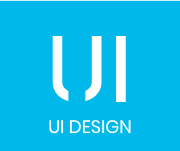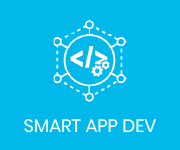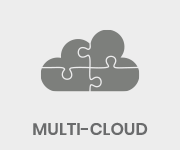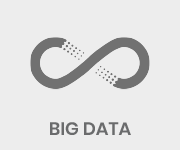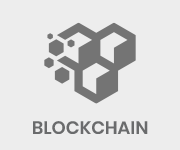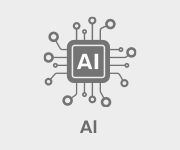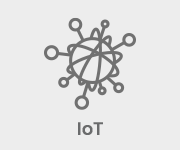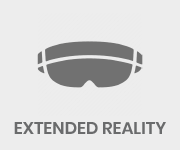
SMART APP DEVELOPMENT
Intelligent, Autonomous & Data-Driven Applications
The next-generation of Smart Apps are powered by technologies such as Artificial Intelligence (AI), Machine Learning (ML), IoT and Blockchain – delivered by a scalable cloud service architecture.
These Smart Apps are disrupting industries and decisively shaping unique and immersive digital user experiences.
SMART APP DEVELOPMENT
EMERGING TECHNOLOGIES FOR ENTERPRISE
Sovereign has developed a unique set of capabilities in enterprise software engineering. We have a wide-range of expertise in all the areas needed for reliable software development and digital innovation.
MOBILE APPLICATION DEVELOPMENT
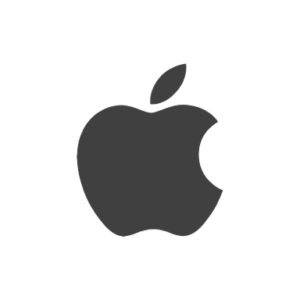
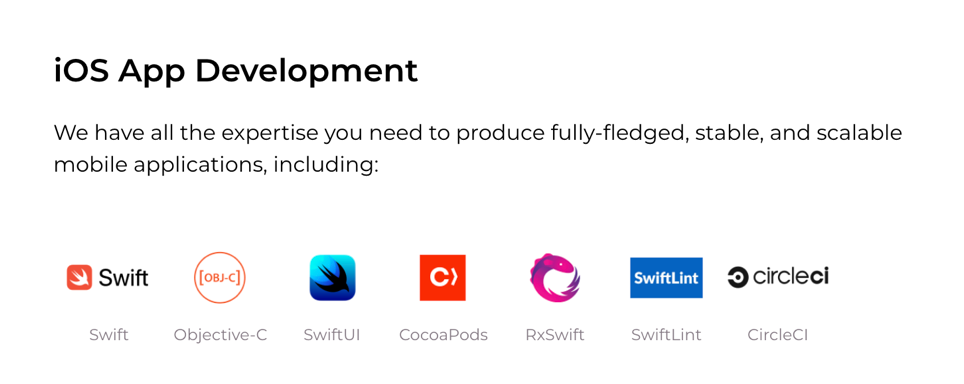

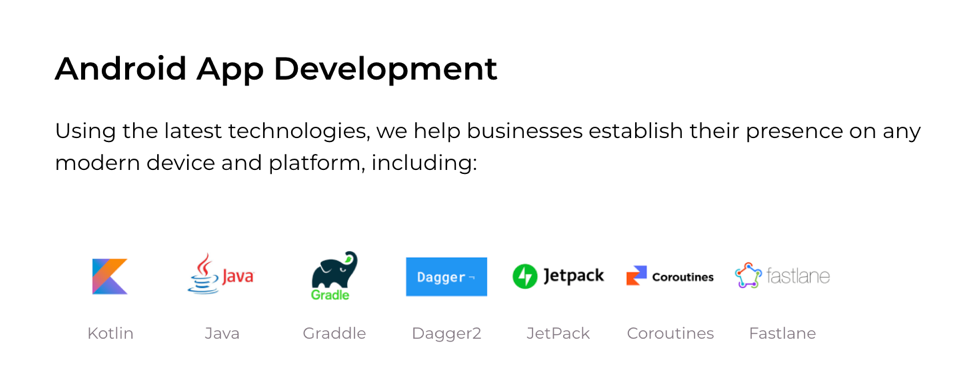
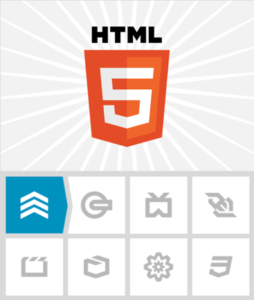
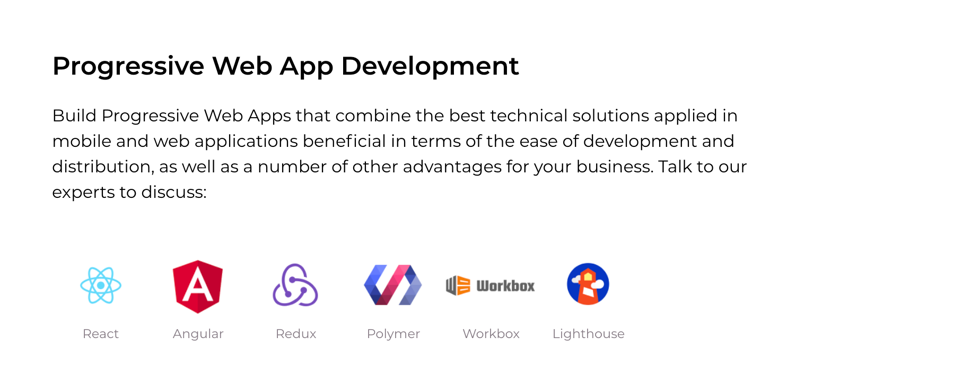
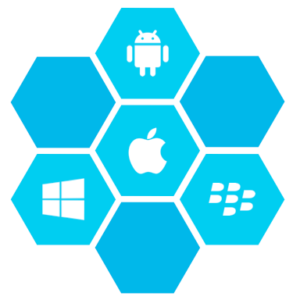
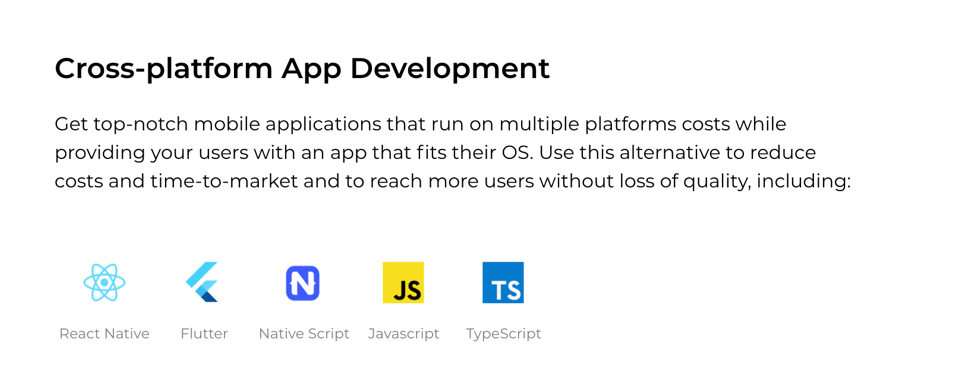
ENTERPRISE SOFTWARE DEVELOPMENT
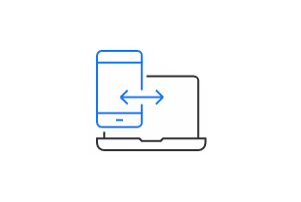
Enterprise Software Development
Support your business infrastructure with scalable software that improves key facets of your enterprise. Get access to our industry-specific knowledge to design, build, and scale your new enterprise software solution.
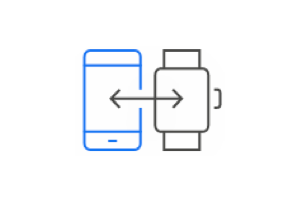
Enterprise Mobility Services
Our end-to-end enterprise mobility solutions allow organizations to safely and efficiently manage the extensive use of mobile devices that can support a large number of users in their business environment.
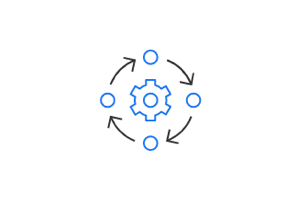
Digital Transformation Services
Sovereign is a leader in creating disruptive innovation and digital transformation. Leverage our expertise in using digital technologies to create new or modify existing business processes to meet changing market requirements.
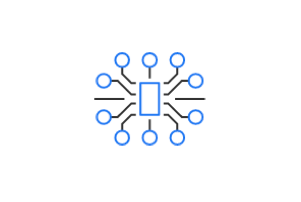
Big Data & Analytics
Stay ahead with effective data management strategy, predictive analytics, and intelligent automation using our in-depth knowledge of emerging technologies such as Big Data, Data Science, Cognitive Computing, Blockchain and more.
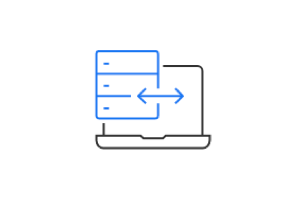
Software Integration & Data Pipelines
Improve your software infrastructure with well-built microservices, reliable API, and data integration. Launch your business strategy with our comprehensive enterprise application development, or use our enterprise app integration solutions.
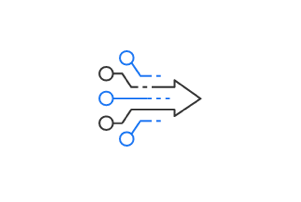
Legacy Application Modernization
Outdated software comes with much bigger risks and can be expensive to maintain. Hire our top minds to perform an in-depth feature and technical analysis of your legacy solution and improve it with the latest tools and technologies.
SOFTWARE DEVELOPMENT LIFECYCLE
Agile Development Methods + DevOps
At Sovereign, we combine leading best practices with proven agile development methods to employ a process that promotes transparency and maximum flexibility. This approach provides us with flexibility to adapt to changing requirements while ensuring that budget and timeline constraints can be met.
Shorten The Feedback Loop
Incorporating input and feedback from users is critical to building software that delivers business value. An iterative approach to development enables our clients to test early and often, ensuring a successful delivery.
Agile Lifecycle + Continuous Delivery
An agile development philosophy extends beyond development of the software. Continuous delivery and automating various aspects of of maintenance requires cross-functional teams. This offers team members more immediate feedback – another means to shortening the cycle.
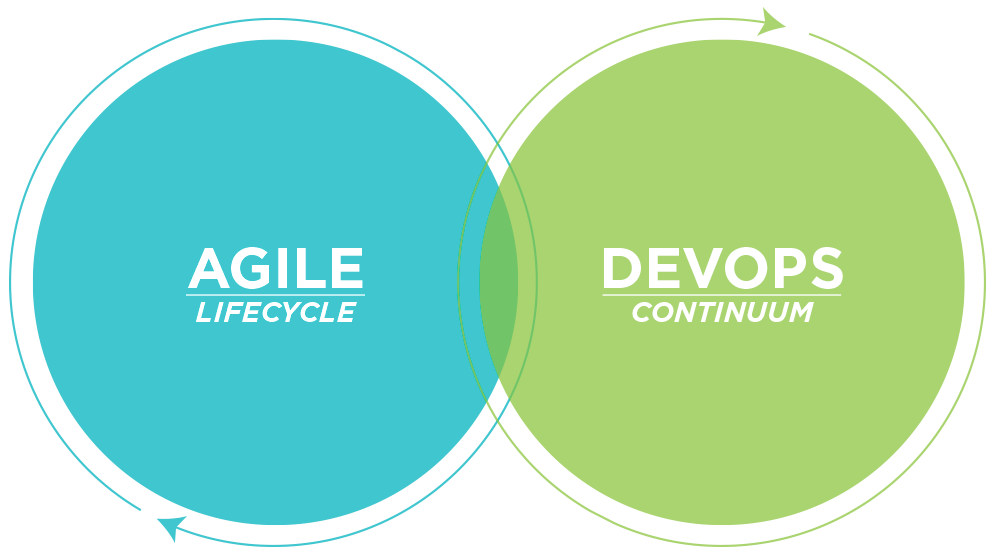
DIGITAL INNOVATION PROCESS

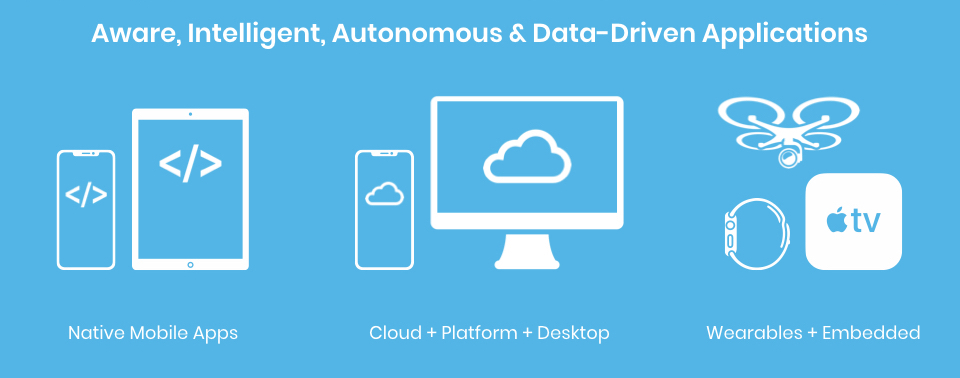
Discuss Your Digital Transformation Project Today!
3-PHASE SOFTWARE DEVELOPMENT PROCESS
PHASE 1
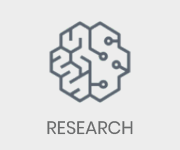
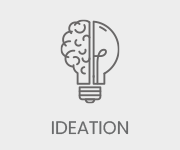
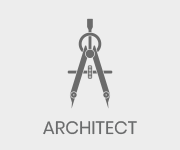
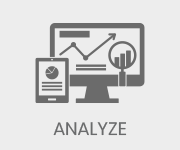
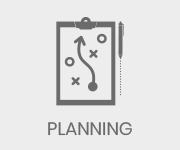
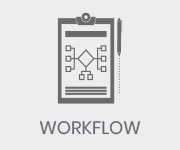
Click On Each Tab To Learn More ⇔
Research & Discovery
Our holistic approach provides unique data-driven insights of competitive offerings as well as targeted customer demographics, personas, habits, mindsets and trends.
Ideation
We start each client engagement with an in-depth ideation and discovery phase to immerse ourselves in your business objectives as well as identify opportunities for disruptive innovation.
We collect all the relevant information from the customer to develop custom software development solutions as per their expectation.
Solution Architecture (SA)
Solution architecture (SA) is a complex process – with many sub-processes – that bridges the gap between business problems and technology solutions. It encompasses:
- Finding the best tech solution among all possible to solve the existing business problems.
- Describing the structure, characteristics, behavior, and other aspects of software to project stakeholders.
- Defining features, phases, and solution requirements.
- Providing specifications according to which the solution is defined, managed, and delivered.
Analyze & Refine
Once the Solutions Architecture (SA) and requirements analysis phase are complete, the next step is to analyze and refine the requirements and document software needs.
Software Development Plan (SDP)
The purpose of the Software Development Plan (SDP) is to gather all information necessary to control the project.
It describes the approach to the development of the software and is the top-level plan generated and used by managers to direct the development effort.
The SDP provides the acquirer insight and a tool for monitoring the processes to be followed for software development.
It also details methods to be used and approach to be followed for each activity, organization, and resources.
The SDP should document all processes applicable to the system to be acquired, at a level of detail sufficient to allow the use of the SDP as the full guidance for the developers.
Workflow Management
At Sovereign, we take an iterative approach to workflow management because it helps us meet our goals faster and exemplifies our team culture. We are experts in agile workflow management (if we do say so ourselves).
Every software team has a process they use to complete work. Normalizing that process–i.e., establishing it as a workflow–makes it clearly structured and repeatable, which, in turn, makes it scalable.
In the initial phase of software development, we include these 6 basic workflow states:
TO DO
Work that has not been started
IN PROGRESS
Work that is actively being looked at by the team
CODE REVIEW
Work that is completed and awaiting review
DONE
Work that is completely finished and meets the team’s definition of done.
AWAITING QA
Work that has been implemented, but is still waiting for a tester review.
READY TO MERGE
Code that has been reviewed and is ready to merge into the master or release branch.
PHASE 2
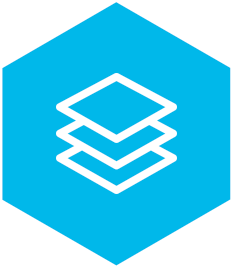
DOCUMENTATION
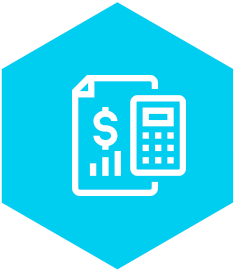
BUDGET OPTIMIZATION
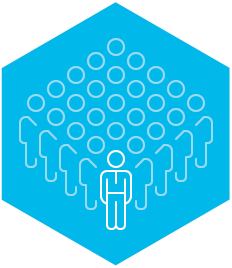
DEV TEAMS
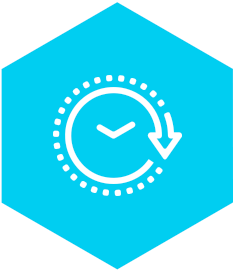
RESOURCE ALLOCATION
Click On Each Tab To Learn More ⇔
Software Requirements Specification (SRS) document
The Software Requirements Specification (SRS) document outlines the functions and purpose of the future software product, what it will do and how it will perform.
It is the backbone of the software development project as it lays the foundation and guidelines all parties involved in the project should follow.
The software requirements specification document describes the functionalities the product must have to meet the expectations of its future users.
This document should always include:
- An overall description
- The purpose of the product
- Software’s specific requirements
In addition to these, an SRS document needs to establish how the software integrates with the hardware or connects with other software systems.
Outlining SRS document can provide valuable insight such as:
- How to minimize development time and cost
- How and when to make a decision about software product’s lifecycle.
This document provides essential information about the development projects to various sectors, keeping them on the same page. These sectors include:
- Design
- Development
- QA testing
- Operations
- Maintenance
Budget Optimization
Software development costs tend to skyrocket. As companies seek to build cutting-edge software to drive growth, determining the overall budget becomes very tricky.
Therefore, having regular interaction and obtaining a budget estimate from the software development team is highly recommended.
This helps make room for additional expenses that may suddenly arise in the software development process.
Besides a cost estimate, here are 10 ways Sovereign can help you minimize expenses and optimize your budget in the software development process:
1. Implement DevOps
Implementing DevOps is important because it helps achieve higher functionality, better speed, improved quality and enhanced performance.
Also, DevOps will help create better communication and collaboration between software developers and stakeholders.
Overall, DevOps leads to better integration, automation, measuring and monitoring of the software development lifecycle.
2. Adopt Agile
Adopting the Agile software development approach creates better collaboration and communication among stakeholders and developers throughout the entire development process.
As a matter of fact, Agile facilitates the addition of new features on the go and allows changes at any stage, which for some, may be inevitable.
Then again, allowing customers to provide product insights and feedback is important for product revisions and improvements.
Utilizing Agile allows for changes to be done during the whole process.
3. Utilize Manual and Automated Testing
Utilizing manual and automated testing from the beginning of the development process helps prevent human error, assist in completing tasks, and aid in building scripts and performing quality assurance testing.
Both manual and automated testing are critical and help simplify the software development process, in terms of time and costs.
4. Launch Product with Essential Features
Launching a product with essential features based on usability over visual impact can help narrow the focus of the design process and adjust the development budget by as much as 10%.
Launching with minimum functionality and determining whether there is a demand in the market for those secondary features is best.
In addition, consider implementing additional features when there is proven ROI or an increase in the number of users.
Also, avoiding complex and expensive features that will not provide value to users can be critical to keeping budget in check as well.
5. Utilize Existing Solutions
Utilizing existing solutions to enhance UI or for payment services is common.
For example, UI features can be implemented by using pre-built templates that can easily be customized.
Also, there are third-party service providers such as WaaS, SaaS and BaaS, which offer solutions for a reasonable fee or even free of charge.
There is no need to develop these ready-to-use solutions since there are existing solutions available for use.
6. Utilize Open Source Software (OSS)
Utilizing OSS wherever possible is recommended. Open Source technologies are generally free to use and usually do not require payment for licensing fees.
Beside the extreme cost benefit, OSS provides flexibility, freedom, security, and accountability in comparison to proprietary software solutions.
OSS also provides long-term life and is constantly on the leading-edge of technology.
7. Provide Clear Requirements
Providing clear requirements to software vendors is vital to receiving accurate quotes.
Properly translating the project scope to the vendor eliminates guesswork.
Therefore, articulating app functionality, business logic, screens, and system behaviors can help vendors provide a more exact quote.
8. Unify Application Life cycle Management (ALM)
Unifying ALM to share information within one unified platform is necessary.
ALM ultimately helps manage an application, tracks modifications and documents everything during use.
Furthermore, connecting leads, analysts, project managers, developers and testers helps reduce gaps and create clarity and traceability across the product’s lifecycle.
9. Build Intelligence
Building intelligence into the lifecycle will help react to constant business changes. Giving developers and testers the flexibility to map out functions based on business goals helps build intelligence.
So, testers can predict change or functionality during the development process and provide test setups and plans to test a particular change.
10. Leverage Testing
Including test engineers early-on in the software development process is vital for feedback on feature scope, architecture and continual development.
The team of test engineers can be accountable for the test automation framework and provide answers to the development team upon request. Inspiring creativity and flexibility among a team will allow new ideas and exploratory testing to be done.
Building Amazing DevTeams On-Demand.
Sovereign is a full-spectrum firm that specializes in UI / UX / CX design, software development, IoT, HyperAutomation, Data Science and Artificial Intelligence.
Sovereign can provide you senior-level onshore and offshore software resources in a scalable, on-demand model.
We leverage our deep and experienced pool of resources curated for your specific needs.
Scale-Up Your DevTeam With Top Talent On-Demand. From Design-to-Data Science, We Have You Covered!
AgileDev Team
Get a time and effort estimate for your requirements and let us assemble an AgileDev Team, managed by an experienced Team Lead, to develop products from scratch according to your time and budget.
Our development process is the core part of a project life-cycle. We have developed it based on industry best practices, thus enabling our teams to deliver projects of exceptional quality.
Managed Team Extension
With the Team Extension Model, our developers become an integral part of your team during the entire project. We carefully select each team member based on the requirements and expertise you need.
They immerse themselves in your project, maintaining your company culture and working in line with your strategic goals.
We’ve developed a unique recruitment process, based on industry best practices, that enables our recruitment team to find the best experts in the market. This vital part of a project life-cycle ensures a succesful result.
Software Consulting Service
Sovereign has expanded its offerings to provide technology consulting services, primarily through short-term, on-site engagements.
Our consultants have broad experience and expertise in numerous business domains and the latest technical areas such as DevOps, Cloud infrastructure and Cloud-native architectures.
Our consulting engagements are based on a standard, phased approach and tailored to your specific needs.
Resource Allocation
Sovereign’s Project Manager will work with both internal and external DevTeam Managers to estimate how many hours a project will require. The project manager coordinates with creative, UX, content creation, design, development, testing, quality assurance (QA), and others.
Each DevTeam Manager will designate the appropriate resources for the project, and approximate timing based on what the project manager has created.
To define a timeline, the project manager starts with the final deliverable date and creates a work-back schedule on the stages and phases of the project to start figuring out where people and tools will be needed.
PHASE 3
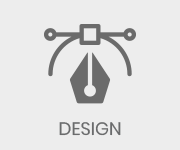
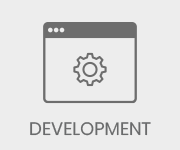
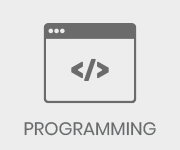
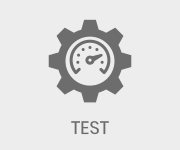
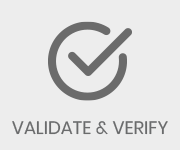
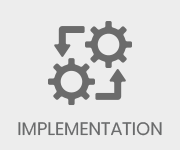
Click On Each Tab To Learn More ⇔
Software Design
Software design is a preeminent component of software project development.
During the design phase, the actual conceptualizing of the solution is created, that is the detailed software architecture meeting specific project requirements is created.
Custom tailored software design by software architects and engineers sets definite workflows and standards and encompasses clear overall solution/product design together with database structure and design.
During this phase, the whole structure of the project is built with the final prototype and mockups used for the next stages of the software development process.
This is a kind of modeling visually everything starting from the functionality of the solution and up to defining the fundamental hardware/software components, software tools for the future development, structure capabilities, processes to realize its business needs and objectives of the proposed solution.
After the design is identified it is time to move to the very development.
App Development & Prototyping
Once your team has agreed upon and approved the wireframe and storyboard, it’s time for us to build an interactive prototype.
Prototyping is an essential step in the app development process, because it gives you an opportunity to really evaluate design concepts, gather feedback, and identify dead links and flaws in the flow and usability of the software application.
Sovereign brings in people who are not part of your mobile app team to test and evaluate your prototype.
We observe and document their experience as they interact with the app and ask for honest feedback on the app’s overall functionality and ease of use.
The design and dev teams adapt the UI/UX to correct for any shortcomings identified during this stage.
Our goal is to finalize your app design concept and create a high fidelity prototype that will guide us through the actual software development process.
Software Development Life Cycle (SDLC)
Software product development is a highly organized process with precise procedures and strictly defined steps known as Software Development Life Cycle (SDLC).
The development phase is about programming, writing code and converting design documentation into the actual software within the software development process.
This stage of SDLC is generally the longest as its the backbone of the whole process and there are a number of vital things to pay attention to.
The software engineering team has to make sure their code meets the software requirements specifications, conforms to the stakeholders’ requirements, etc. but if the previous stages of software development were carefully fulfilled, the ready-to-use software is bound to match the requirements to the software project.
The software development release cycle proceeds from alpha, beta, release candidate to actual production build. Once the complete architecture (DB, API, etc) and planned functionality of the solution is built, the testing stage starts.
Integration and Testing
Now that the software is built and completed the next phase involving system testing and integration starts.
Depending on the adopted testing processes it might vary. But typically the QA engineers use a whole range of frameworks alongside continuous integration executing unit tests, automation compilation, and testing.
The Quality Assurance team conducts a series of tests including functionality testing, systems integration, and interoperability as well as user acceptance testing, etc. in order to ensure the code is clean and business goals of the solution are met.
Verification & Validation
Verification and validation make up a vital part in ensuring the application/solution are completed successfully.
Sovereign uses an embedded Agile approach to Independent Validation and Verification (IV&V).
We take Agile IV&V staff and embed them into each team. They take on the primary testing functions for the team in terms of acceptance, performance, and other higher-level tests. Lower level tests, like unit tests, are the responsibility of the development team.
.
Implementation and deployment
This is a stage when the actual installation of the crafted solution takes place. It’s done step-by-step according to the implementation plan.
The newly built and tested application is moved to production including data and components transfer while during the next releases only the specific changes will be deployed.
Depending on the complexity of the project it might be a straightforward release (if the project is simple) or staggered released (in stages) in case of a more complex project.
Now system analysts and the end-users can actually see and try out the ready application.
Build Data-Driven Apps @ Cloud-Scale
LANGUAGES, TOOLS & TECHNOLOGIES
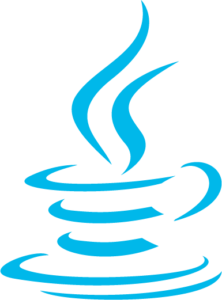
JAVA
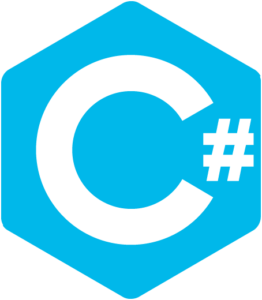
C#
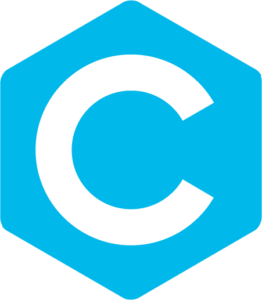
C
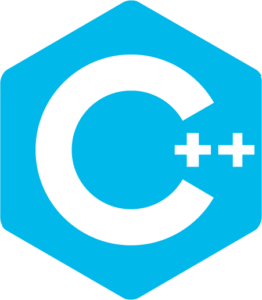
C++
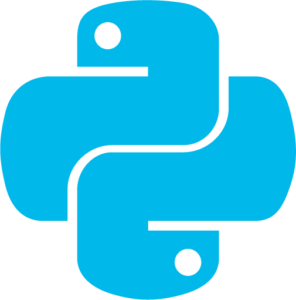
Python
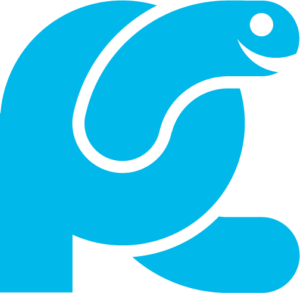
PyCharm
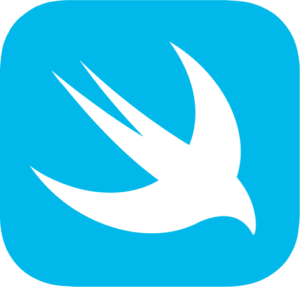
Swift
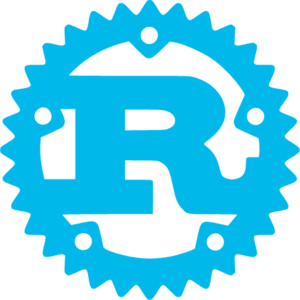
Rust

Scala
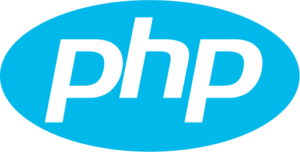
PHP
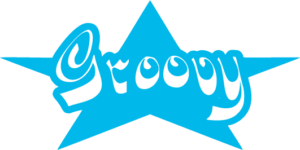
Groovy

Ruby
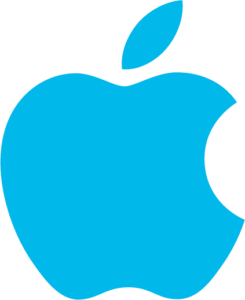
iOS

Android

HTML5
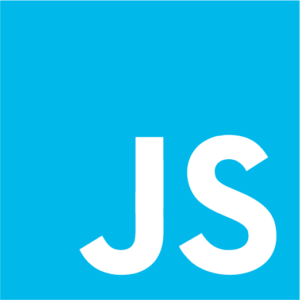
JavaScript
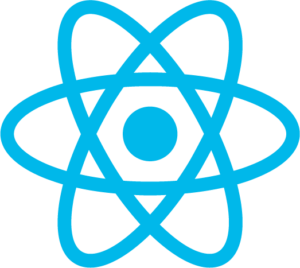
React
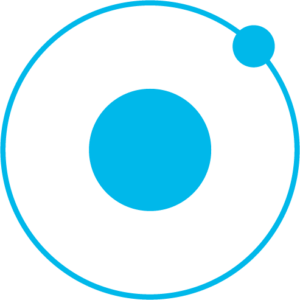
Ionic
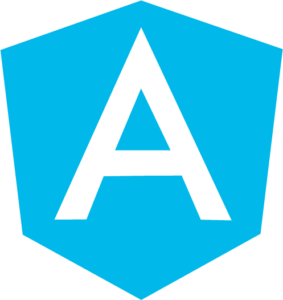
Angular
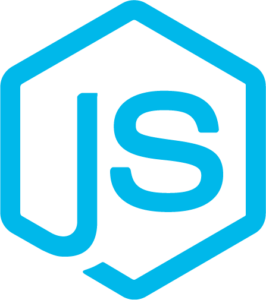
Node.js
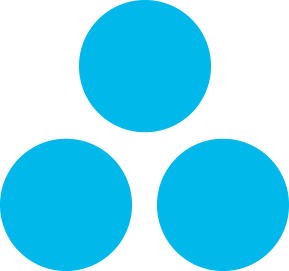
Julia
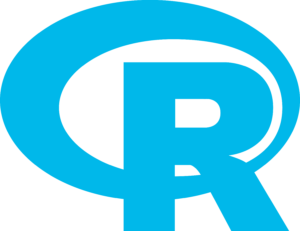
R

React
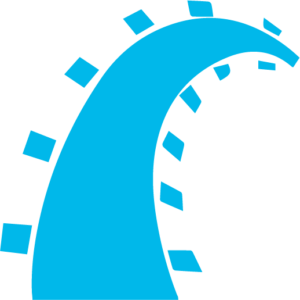
Ruby On Rails
CLOUD PLATFORMS

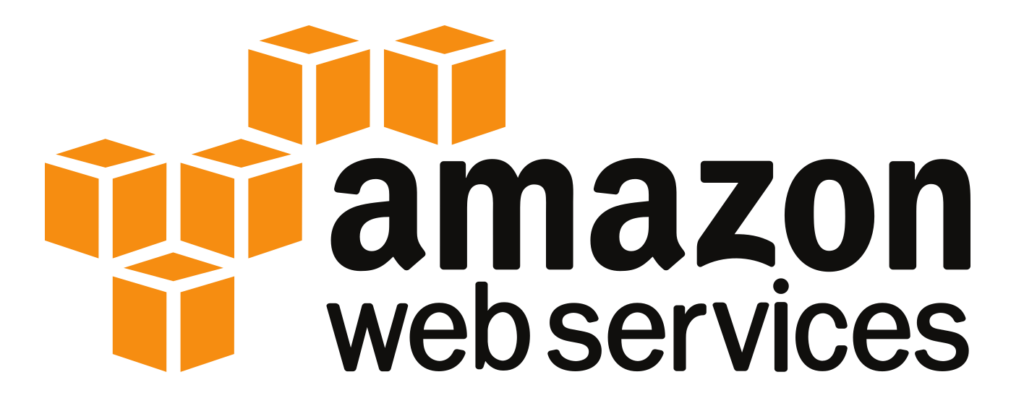

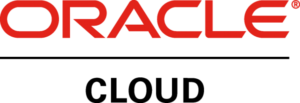
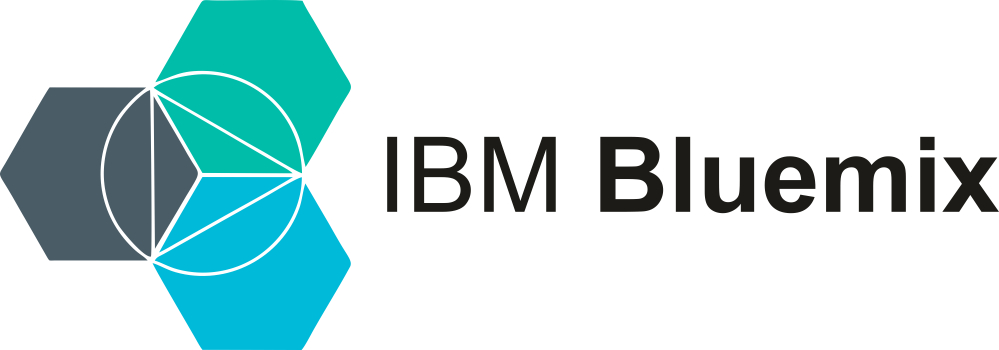
Digital Innovation Delivered!
We design, build and deliver technology-based innovations that create significant competitive advantage and revenue growth potential for our clients.

